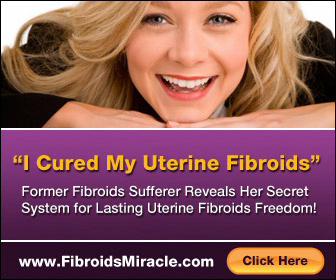Before undergoing surgery, people worry about three things: the preparation, the procedure and the period for recovery. Patients who plan on taking up a uterine fibroids removal procedure can expect a good amount of anxiety. In order to ease that anxiety, patients must understand the process step-by-step. By being mentally prepared for the outcome, the chances of a fast recovery becomes higher.
The Preparation
An obstetrician-gynecologist or simply OB-GYN may prescribe methods to decrease the size of the uterine fibroids. This way, the leiomyoma becomes easier to extract from the uterine region. Taking hormone-blocking medications in advance is useful in speeding up the actual surgery.
Patients are commonly given drugs such as leuprolide or lupron to stop further production of hormones like progesterone and estrogen. The medication’s effects will temporarily halt menstrual bleeding, which will only resume after discontinuing drug usage.
Other preparations include a variety of tests such as MRI scans, blood tests, and ultrasounds. The doctor may advise the patient to stop taking select medications before the operation. Smoking is also heavily discouraged, as it would slow down the recovery process, and may trigger heart complications. The night before the procedure, patients will need to stop food consumption.
The Procedure
Women in need of uterine fibroids removal procedure will undergo one of three surgeries. The type of myomectomy a patient needs is dependent on the kind of leiomyoma residing in their uterus. The most common myomectomies are the abdominal myomectomy, the laparoscopic myomectomy and the hysteroscopic myomectomy.
In all procedures, the patient will be given general anesthesia first. The initial stages of abdominal and laparoscopic myomectomy involves incisions and cuts in the lower abdomen. In hysteroscopic myomectomy, a narrow scope will be inserted into the uterus to make the affected area visible.
After ensuring that the area can be safely worked on, the specialists will begin removing the leiomyoma. These fibroids may be removed in a number of ways.
Abdominal myomectomy is a standard for larger fibroids, and extraction occurs through the incisions. Laparoscopic myomectomy involves cutting the fibroids into tiny pieces, but may shift to an abdominal myomectomy if the fibroids are too large. Hysteroscopic myomectomy uses a loop of wire to shave off the fibroids from the uterine wall. These shavings are washed out afterwards.
Once the removal procedure is complete, the doctors will stitch the layers of uterine muscles and close the incisions.
The Recovery
The hospitalization period for each myomectomy differs by a few days. An abdominal myomectomy takes the longest period for recovery, ranging from one to three days of hospitalization for most women. Laparoscopic myomectomy patients stay in the hospital for as short as one night. Hysteroscopic myomectomy patients are able to leave the same day following the surgery.
Pain and discomfort after the surgery is an expected outcome. The doctor may give you medication afterwards to ease the pain. However, patients will have to wait for full recovery before resuming regular daily activities.
The recovery period for abdominal myomectomy is four to six weeks, laparoscopic myomectomy recovery can last two to four weeks, while hysteroscopic myomectomy recovery lasts about two to three days.
Other activities such as sex and heavy lifting should be kept on hold, depending on the procedure and the doctor’s recommendations. Women who plan to have children after the surgery will need to wait for three to six months before trying.
Surgically removing leiomyoma is a recommended solution for middle-aged women. However, fibroids may return in younger women some time after the surgery.


